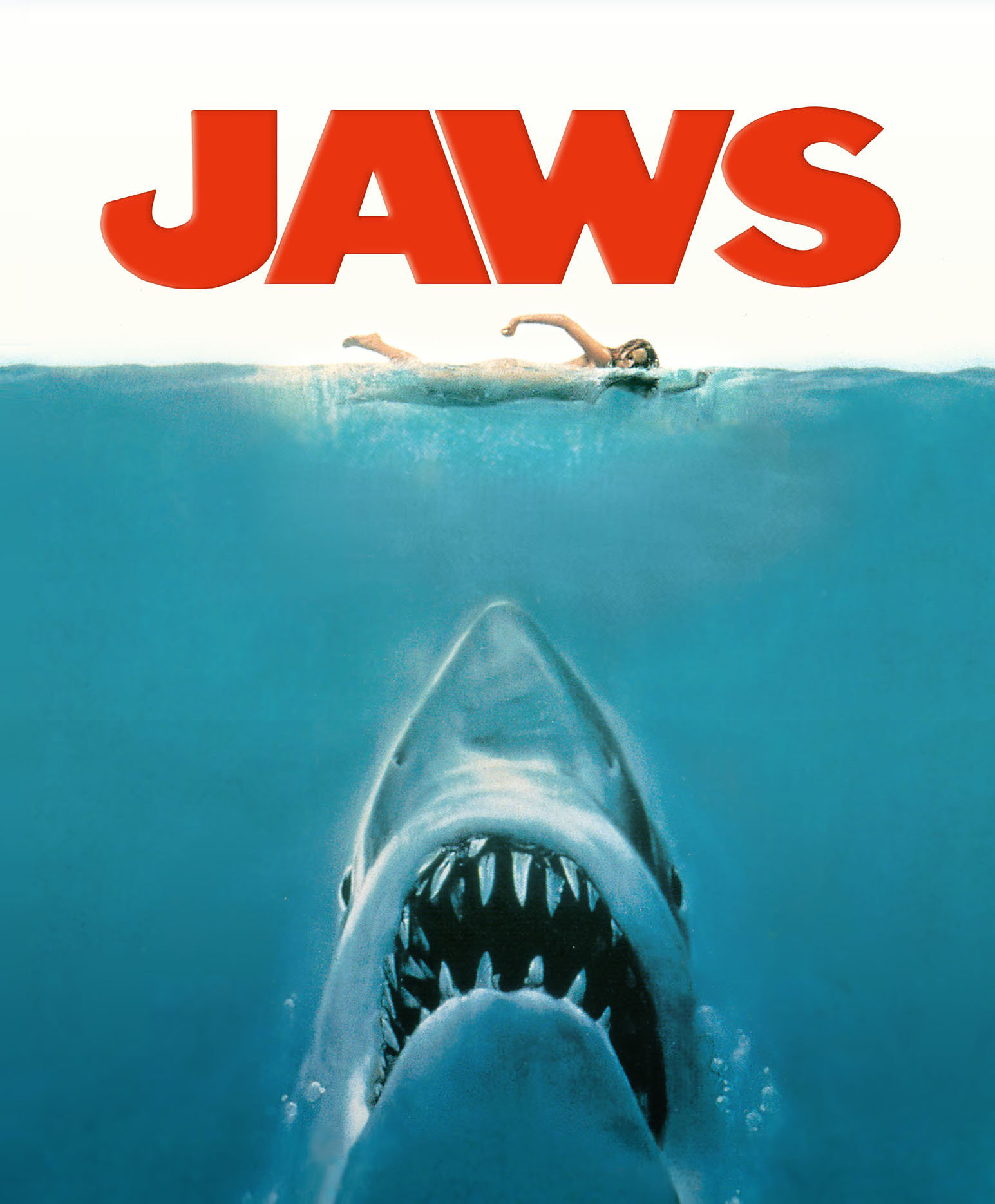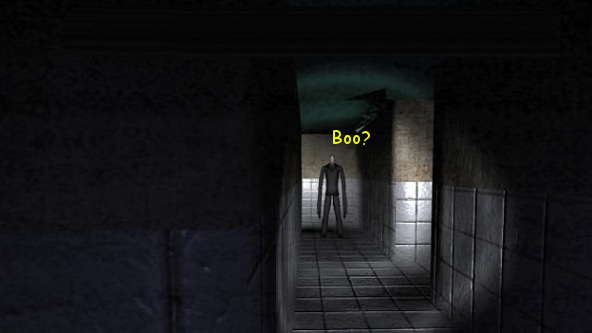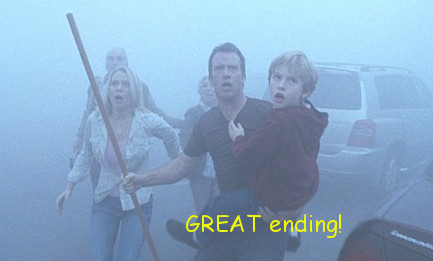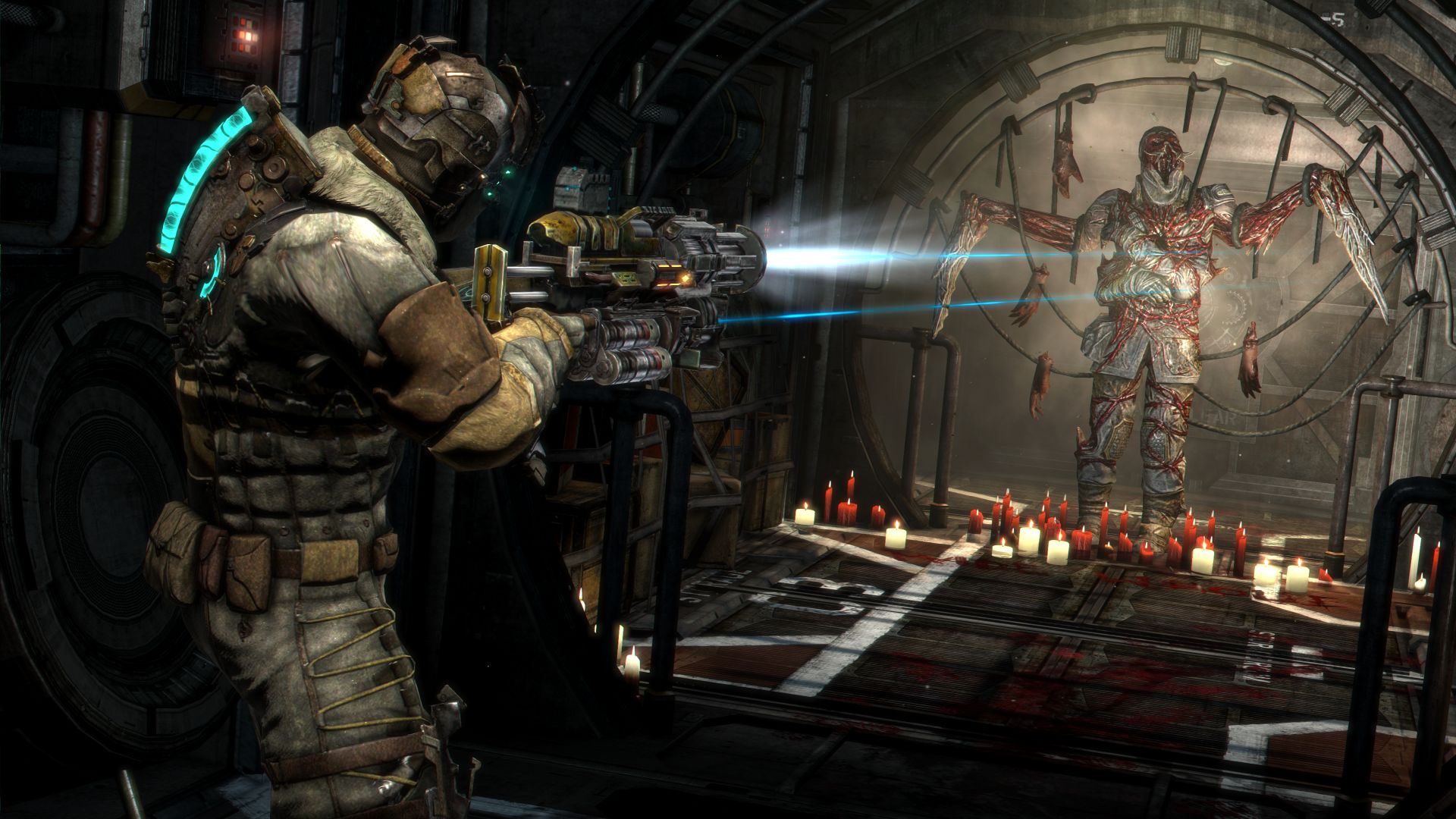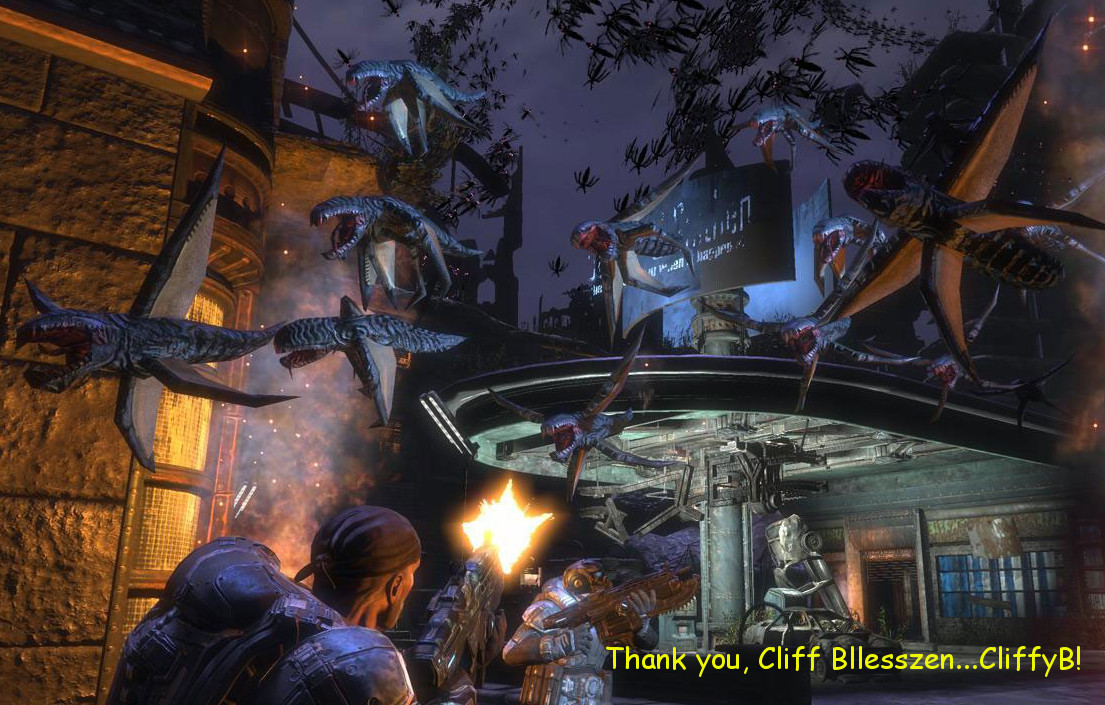
The Best Ways to Make a Scary Coop Game
October is the time of year in which we celebrate scary things. The weather turns colder, the nights get longer, another Paranormal Activity movie premiers, and cable channels air endless marathons of movies that were scary twenty years ago. October is also a great time to revisit scary games and gamers can also get into the spirit with a wide variety of horror games on every system. Much rarer – in fact, almost non-existent – is the scary coop video game. Interestingly, as single player games have become scarier, multiplayer sequels to those single player games have become considerably less scary, suggesting that something about the nature of cooperative play is incompatible with horror. There have been some success stories, though, which leads to the question: what works and what does not work to create a sense of horror in cooperative games?
What DOES work: Scary music
Music has been incorporated into horror movies very successfully. The chords associated with Jaws or Psycho or the Exorcist all create a sense of impending horror in the viewer. When you hear those chords, you know the shark is in the water. Games do this very well as well. Left 4 Dead, for example, announces the presence of its scariest creature (the gigantic zombie bruiser imaginatively named a “tank”) with a specific theme that raises the players’ blood pressure just by hearing it. With their speed and strength, the tank can quickly end a campaign and players quickly learn that when that theme plays, they must drop whatever they are doing and get ready to fight the tank. Likewise, at the end of each of the games’ sequences, the players have to defend a location against waves of zombies (and tanks) until help arrives. The game signals the arrival of help with sudden suspenseful music and players must quickly abandon their defensive positions and run like hell for the rescue vehicle. This music in particular often signals the end of team cohesion as the players scramble to escape the unstoppable swarm of zombies. Like movies, games condition the player to associate music with impending danger so well that the music itself becomes terrifying.
What does NOT work: Jump scares
Jump scares are a hallmark of horror movies. If you want to scare and audience, the easiest way to do so is to suddenly have something appear on the screen as the hero reacts with surprise. This can be something dangerous (like a psychopathic serial killer) or something innocuous (like a cat). The sudden appearance is what causes the scare, not the actual object.
This happens in horror games quite a bit. The Fear series, in particular, often has the supernatural Alma sudden appear directly in front of you during a tense moment or flashes a scary or horrifying image while you search through a quiet area. This works really well in single player adventures (and in movies) but not so well in coop. Half of the time, you miss the sighting and only hear your buddy ask “did you see that?” The other half of the time you try to explain to your buddy what the scary thing you saw was, and explaining a jump scare tends to reduce the horror of the event (“Did you see that? There was a little girl there and then she disappeared. It was scary.”). It is like trying to explain why a joke is funny.
What DOES work: Creating a sense of dread
A more successful approach may be the gradual heightening of fear as the heroes move through an environment towards an unknown enemy. In the 343 Guilty Spark level of the original Halo, for example, the Master Chiefs move through the Forerunner base while tracking a team of Space Marines and Covenant that were wiped out. Dead bodies lie everywhere, a crazed survivor shoots at you, and you piece together what happened to the marines you’re looking for from videos scattered around. Eventually, you reach the vault where the Flood have been stored behind a series of sealed doors. One by one, the doors around the room explode and the Flood attack in massive the numbers. The music, the uncertainty, and the sheer enormity of the enemy give the familiar combat a sense of horror as you eventually flee the base for higher ground. The scene is so successful that you don’t even ask why the Flood killed everyone and apparently returned to the vault to hide until you arrived.
What does NOT work: Horrific death sequences
Resident Evil and especially Dead Space like to execute your protagonist in horrifying and often profoundly unsettling ways. It’s one thing to have your character fall down while the words “Game Over” flash on the screen, it’s another to watch your character suffer brutally because you weren’t faster on the controls. The horror of these events heightens the tension of these encounters, making these enemies even scarier whenever they appear on the screen. Everything in the game can kill you, but some can kill you worse than others.
This does not work as well in coop, as is evident from the coop sequels in both the Resident Evil and Dead Space series. Something about watching your buddy get beheaded is not as disturbing as watching it happen to your own avatar. What was potentially distressing can become unintentionally hilarious or, even worse, somewhat annoying if your horrifying death means you have to replay a long area all over again.
What DOES work: Sudden introduction of new super-powered enemies
One horror element that does work pretty well in cooperative games is the sudden introduction of a new enemy that is considerably creepier and more powerful than the enemies have been so far. This is how the flood are introduced in Halo, they just show up in huge numbers and the player is suddenly dealing with an all new enemy type late in the game. The straight-jacked jumbo-sized zombies in Dead Island or the gas-enhanced zombies in Dead Rising 2 create the same effect. The super zombies in Dead Rising 2 are particularly effective as by that point in the game, the player can handle the regular zombies without much trouble. Suddenly, moving from place to place in the overrun theme park becomes a scary endeavor all over again.
What DOES work: Scary environments
So the specific death sequences caused by particular monsters may not be as scary in a cooperative adventure, but the environmental cues still can be. Watching the sun set in the level Lethal Dusk in Gears of War begins a sense of dread that only gets heightened by the eventual appearance of the krill, an invincible swarm of bat-like creatures which kill anything that drifts out of the light. Avoiding them eventually become a major part of the level and the game has fun twisting this new dynamic (you have to stay in the light) in interesting ways. Lights that flicker out or swing away from you create a considerably bigger panic than any of the sea of indistinguishable locusts you engage with.
It is almost enough to forgive the ridiculous driving sequence at the end of the stage. Almost.
Games are getting more and more creative in designing scary games. Just this year, gamers got to play Slender: The Arrival, Knock Knock, Amnesia: A Machine for Pigs, and Outlast. Making a scary cooperative game, however, has proven to be a difficult goal for game designers so far. With new gaming consoles providing greater capacity and downloadable titles spurring innovation, who knows what we’ll see before next Halloween?
